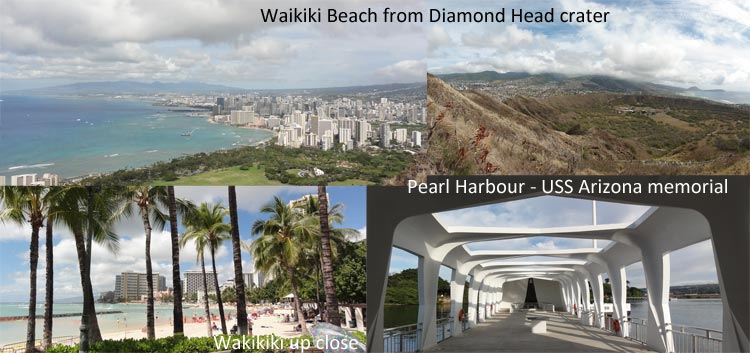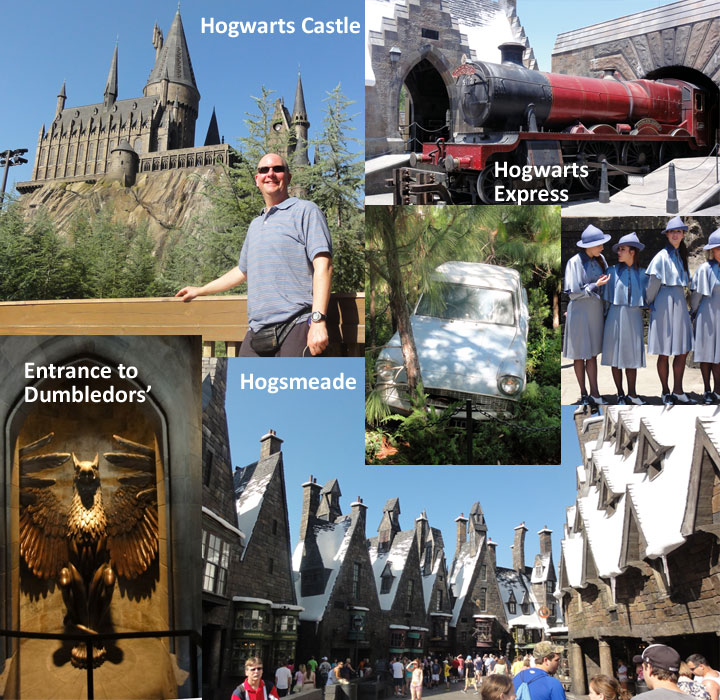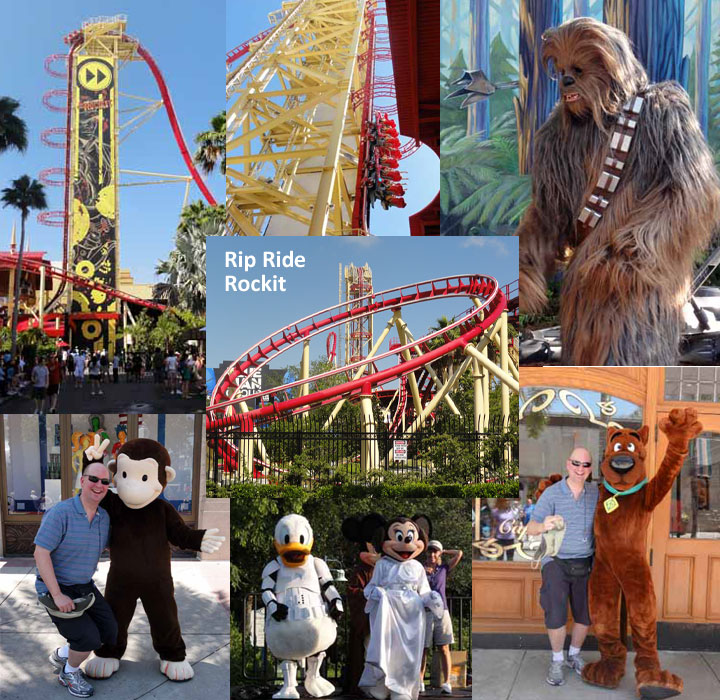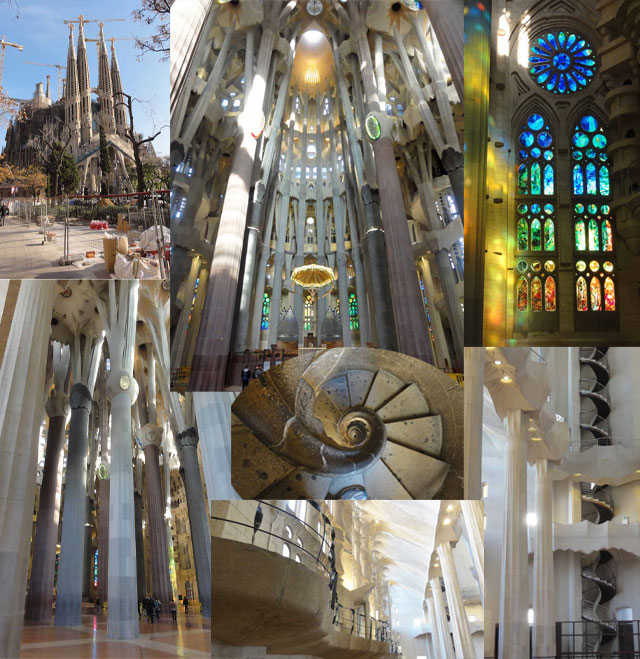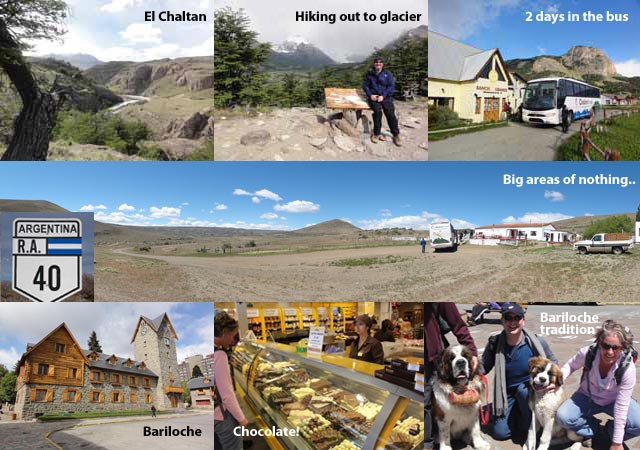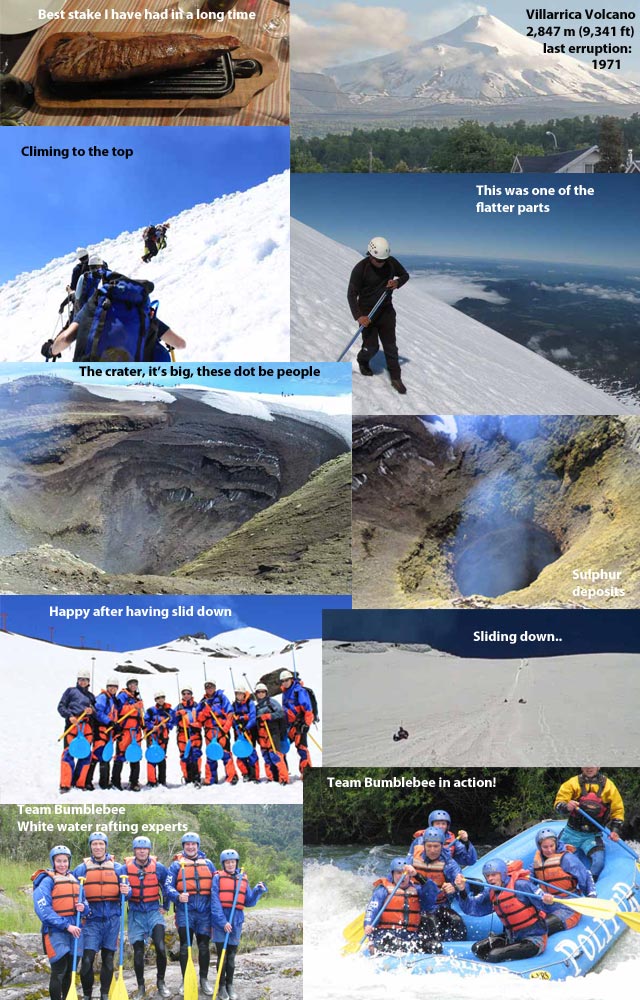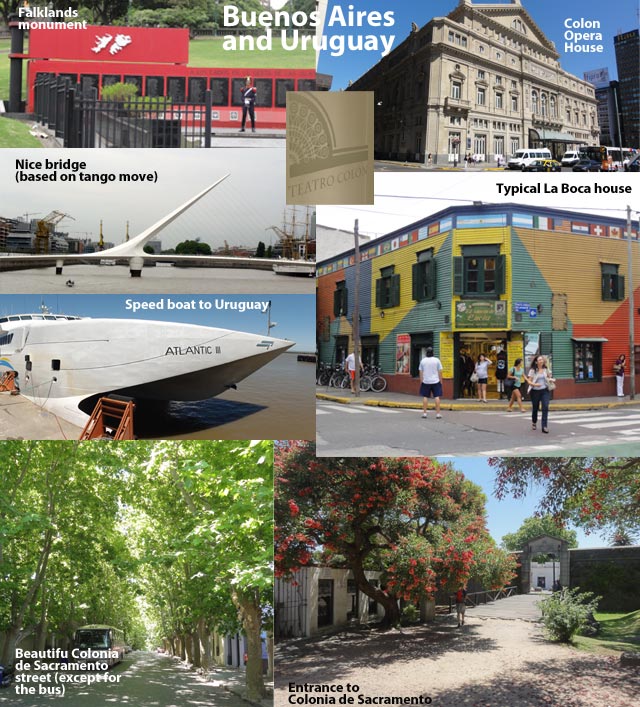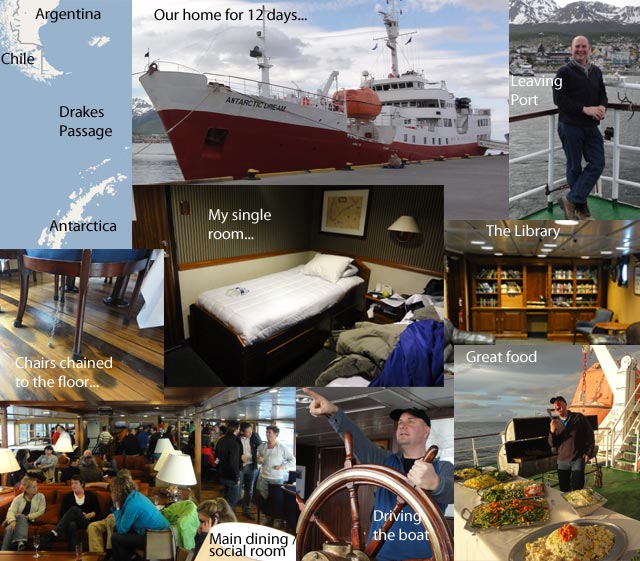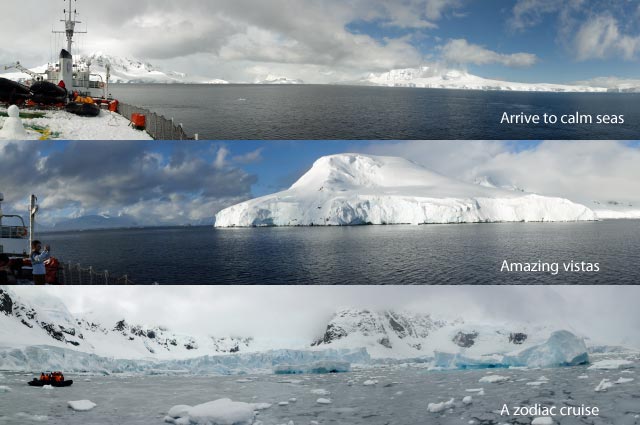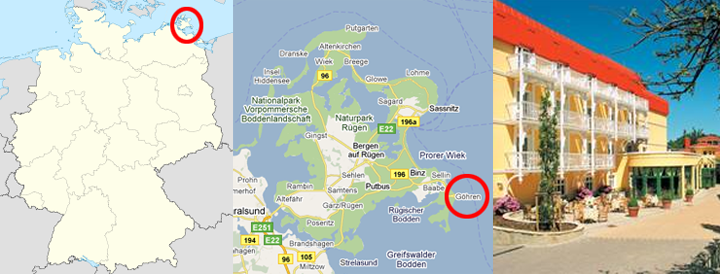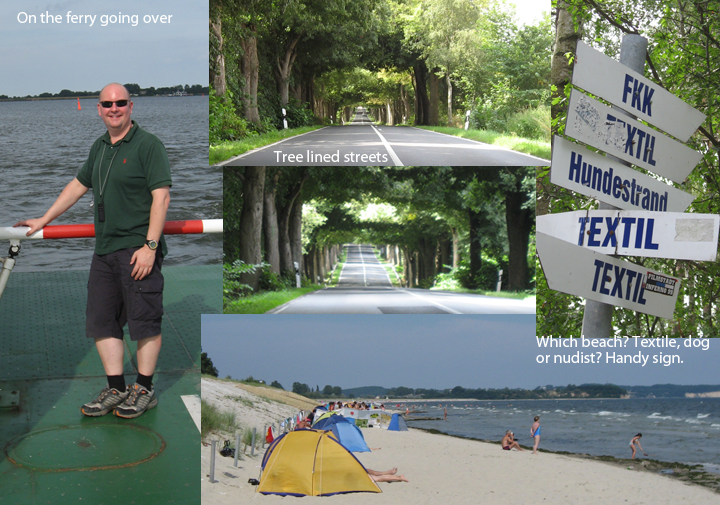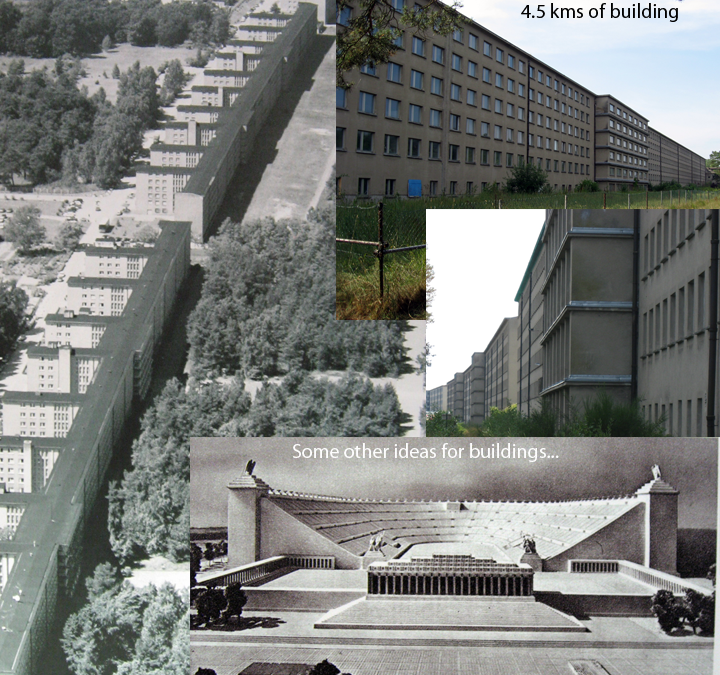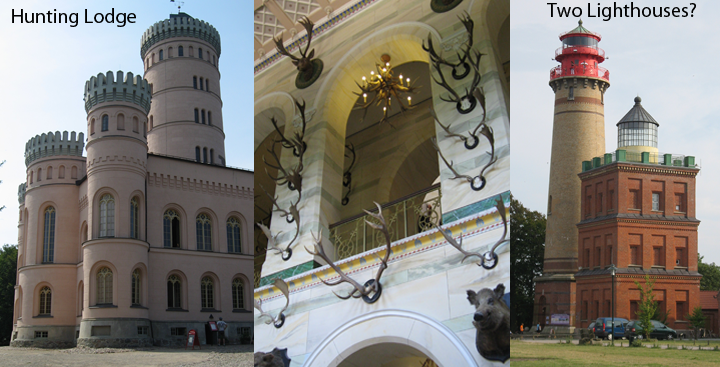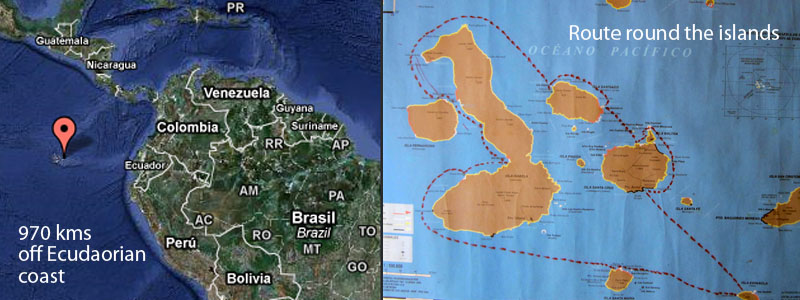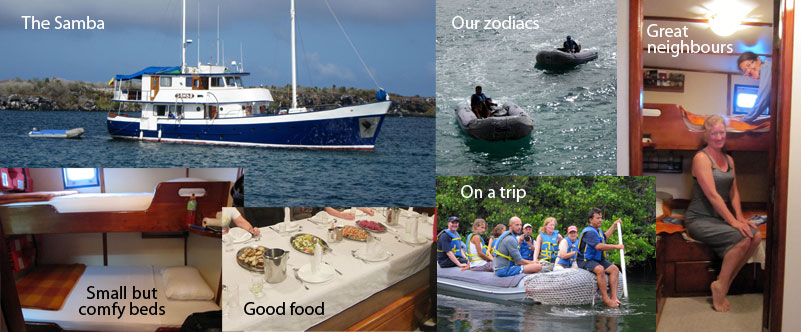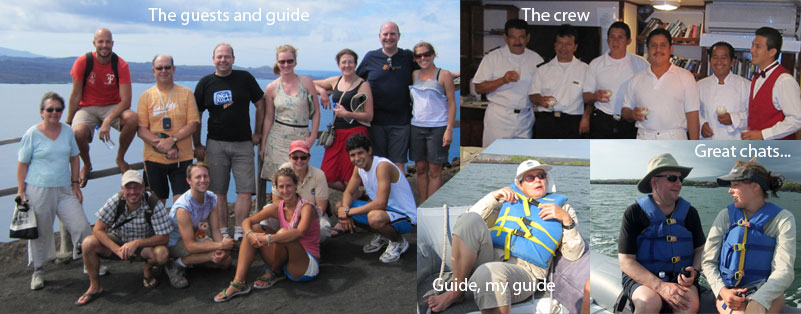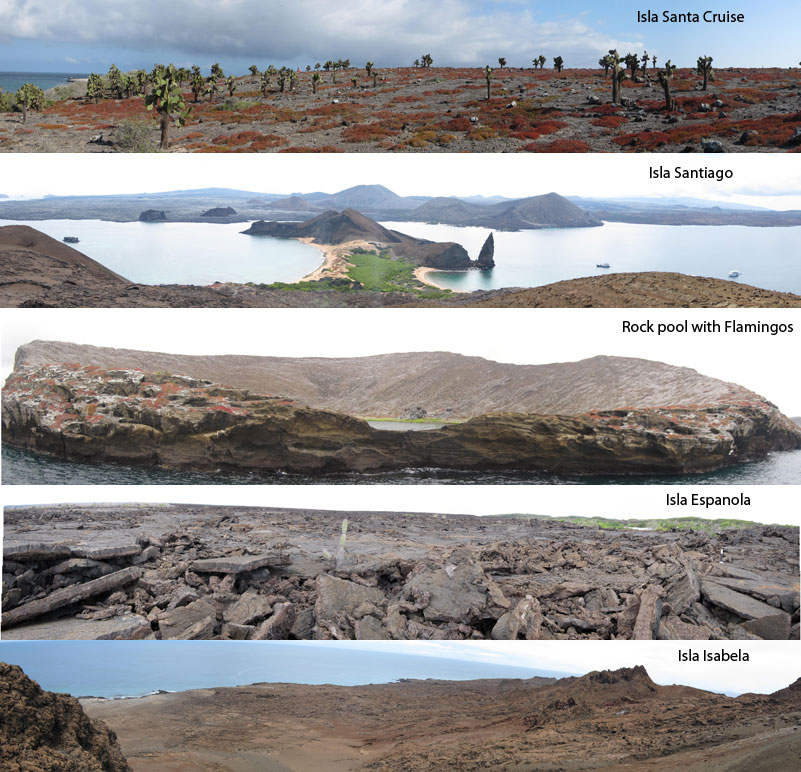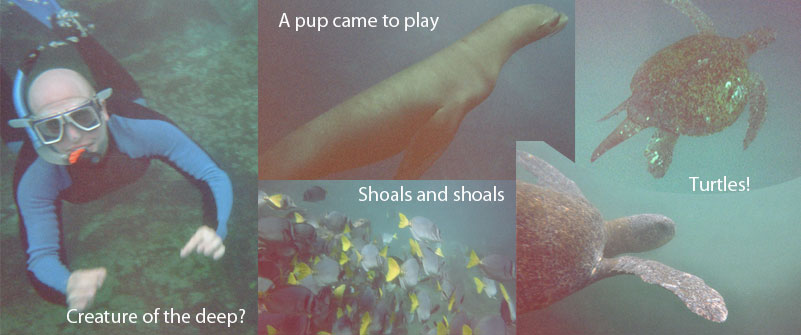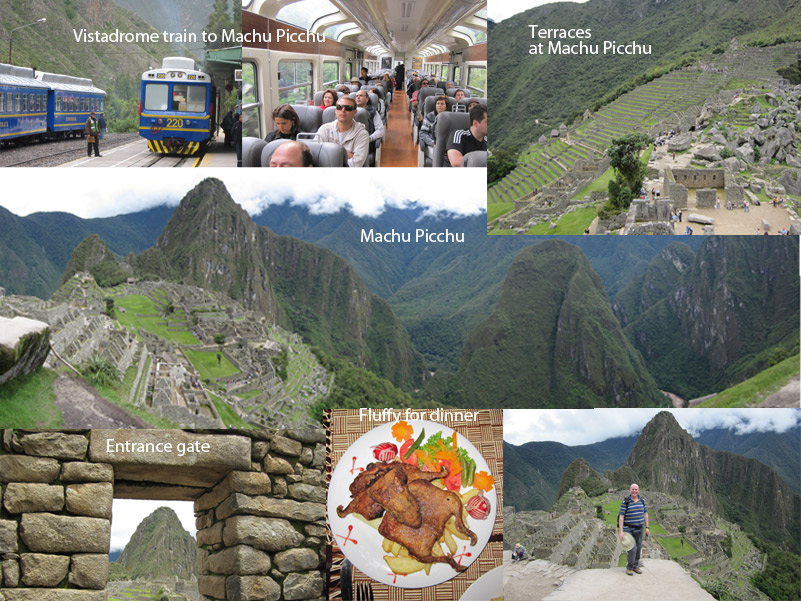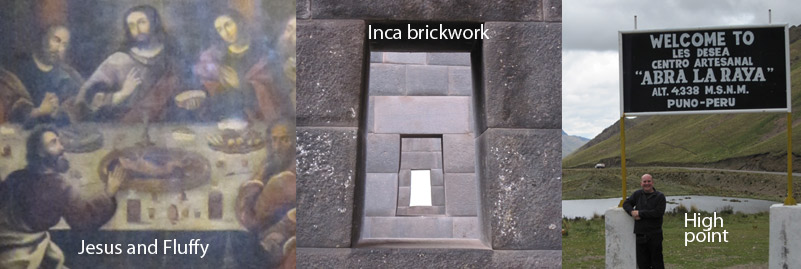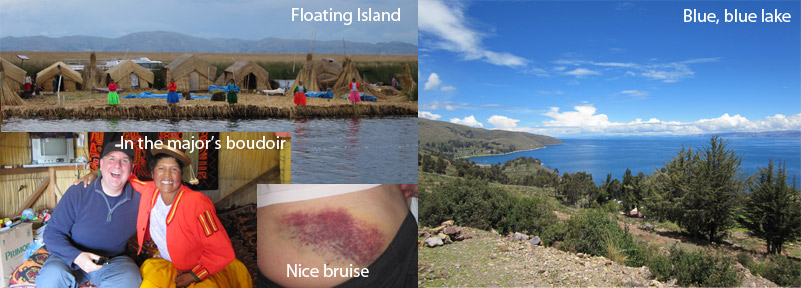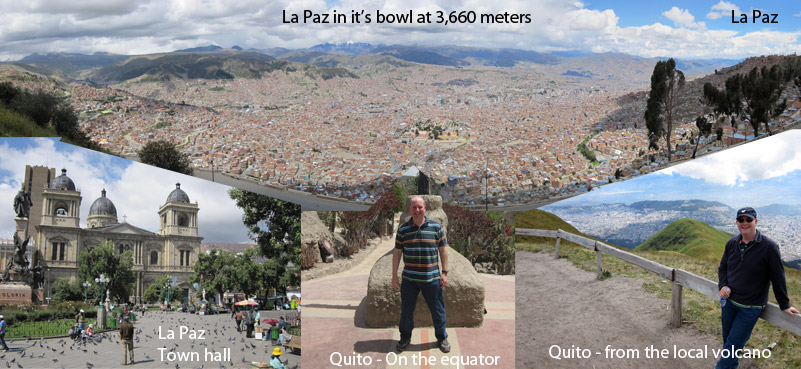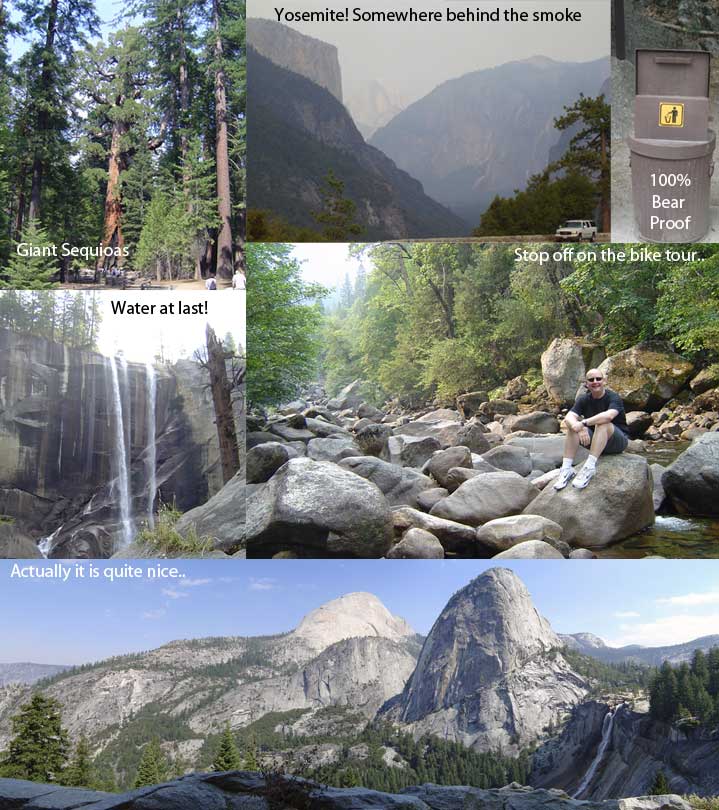It all depends on how you ask the question. When asked if you want to travel 24 hours in a pleb-class set to spend a week on an active volcano near a former leper colony and watch some geriatrics prance on stage you would probably have second thoughts. However, if the question was posed as: “how about an all-in week in luxury hotel in Hawaii with a Neil Diamond concert”, most people would jump at the chance. I jumped.
OK, the journey was long, but the prospect of Maui was just too tempting to pass, so I stole myself for the long trip and headed off to the airport, where I met up with my baby brother (well, he is whole 15 minutes younger than I am) who was also along for the ride.
Arriving at Kahului, I really wanted a flower lei, (the necklaces, seen in films, that everybody seems to get the moment they step foot on the islands) – but I was told these are for women – men get a lei of shells or nuts (sure there is some symbolism there). I put my foot down though and to accompanying titters and smiles, got what I wanted. It was lovely – although it did clash with my outfit.
Maui is an incredibly diverse island. It is basically land formed around 2 volcanoes, the smaller older Kahalawai and the still active (last erupted in 1790) Haleakala, which rises to more than 3,000 meters above sea level. Haleakala actually is one of the world’s highest mountains, it is over 5 miles (8.0 km) from base to summit, but its base actually rests on the sea floor.
Our first activity was to explore Haleakala, which necessitated getting up at 2:00 am to drive to the top and watch the “spectacular” sunrise. The sun rise was a little disappointing; the promised “amazing colours” were blocked by clouds, which bought in an icy wind literally freezing the water droplets on your coat. I was wearing 5 layers and was still shivering like crazy. So we jumped on our bikes and, avoiding the ice, cycled down to sea level (well more like coast down actually). lt warmed up on the enjoyable bike ride, which finished at a memorial to the leper colony – a lovely ending.

These volcanoes have a big effect on the local climate, which means there is a huge diversity in topography on the island – lush, rich rain forests on the north side, temperate to the east and dry to the south. Our resort was in the “just perfect” weather area, warm seas and blue skies but we wanted to see the rest of the island, so our next trip was a circumnavigation of the volcano.
This is not so easy as, technically, there is no proper road to do this. The hippy colonies on the east coast want to prevent a real road being built as it will open up the area to tourists and resorts. Unperturbed, and with another early start (6:00 am), we set off to explore this area. It was fascinating to see how the flora and fauna changes in just a few short miles. Soon we were in deep rain forest and I know now why they call it RAIN forest. Our goal was to hike to a waterfall for a quick dip, but the swollen rivers hindered our arrival and we had to turn back, but certainly not disappointed as we admired the towering bamboo and banyan trees, and certainly not dry.
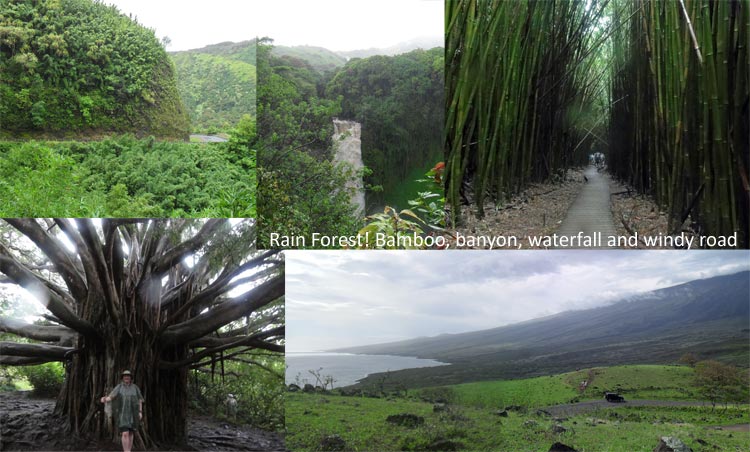
Another highlight Maui has to offer are the aquatic animals. From our hotel balcony we could see whales frolicking off-shore, so this naturally had to be explored. We were told to wait at our hotels reception for the bus. After about 20 minutes, the bus arrived and drove us to the back of our hotel, (which was closer to our room than reception), where our ship was backing on to the hotel’s beach to pick us up.
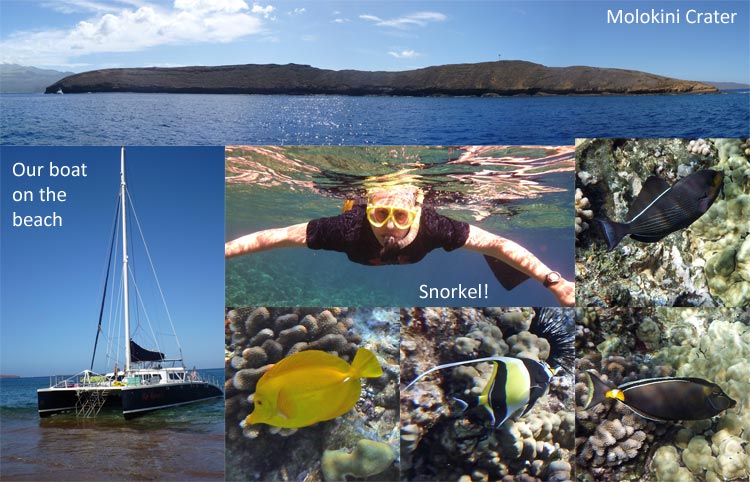
We started off snorkelling off at Molokini, a crescent-shaped, partially submerged volcanic crater which forms a small inland just off the coast. The clarity of the water and the diversity of the fish was simply astounding – I was gob smacked and was the last one back in the boat. From there we went turtle watching. This is simple as the entire area is used as a turtle swim through shell-wash. The turtles turn up, take a breath and plonk themselves on the sea-bed, where an army of fishes go to work scraping accumulated debris off the shell. Again, I was the last one in the boat as turtle I was shadowing decided to take a breath just as I was leaving. Thanks to an excellent underwater camera I managed to get this footage:
The rest of the time was spent relaxing, eating, hanging out on the beach and snorkelling. The 70 year old Neil Diamond was actually very good in concert, although he did leave out my favourite “Song, song, blue” (perhaps he is going senile).
At the end of the week it was time for LONG trip back to Germany. I spent a day in Honolulu, which did not exactly enthral – a big city with just too many traffic lights and one-way streets to be pleasant. There were a couple of highlights – hiking up Diamond Head, a left over volcanic crater, which afforded spectacular view of Waikiki beach; Waikiki beach itself; Pearl Harbour and the excellent exhibition there which allows you to relived the December 7th 1941 attack – but I was glad to be on my way and in just a short 27 hours later arrived back at home, and start dreaming of the next trip..

